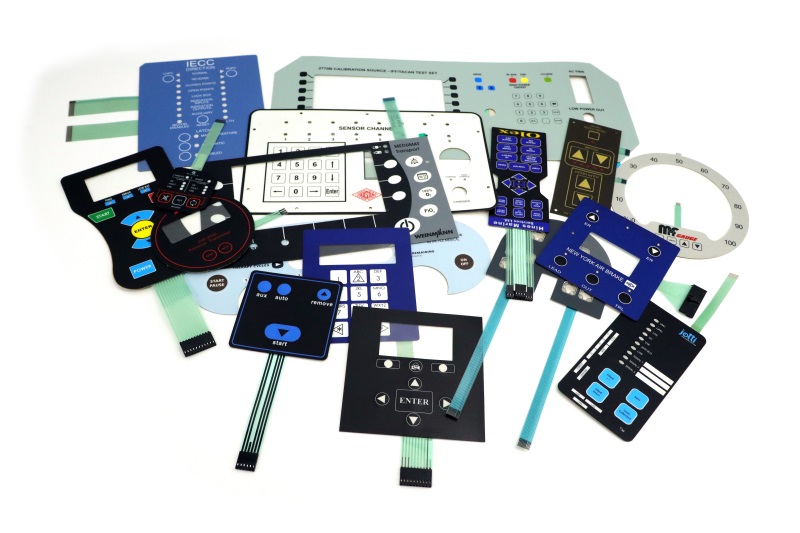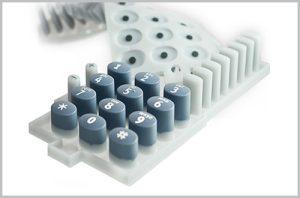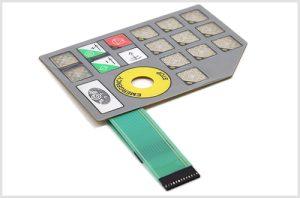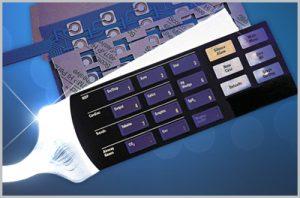
What kind of ink is used in the membrane switch
What kind of ink is used in the film switch, ink switch is generally composed of pigments, connectors, fillers, additives and so on. The connection material connection material is generally called the inking oil. It is the main component of the membrane switching ink, disperse the pigment, endow the ink with proper adhesion, fluidity and transfer performance, and make the pigment film fixed on the printing surface. Linings can be made from a variety of materials, such as dry vegetable oils, most of which can be used to make ink linings, mineral oils can also be used to make linings, solvents and water, and various synthetic resins can be used to make linings. The rheology, viscosity, neutrality, acid value, color, water resistance and printing performance of ink mainly depends on the linker, the same pigment, different linker, can be made into different types of ink, using different pigments to make the same binder. With the same type of ink made, because it can not change the basic performance of ink, so film switch ink quality, in addition to pigments, mainly depends on the connection material. The packing is white, transparent, translucent or opaque powder. Most of it’s filled out. Proper use of some fillers can not only reduce the amount of pigment, reduce costs, but also adjust the film switch ink thinness, fluidity and other properties, improve the flexibility of formula design.The use of additives in the manufacture of thin film switching inks and printing to improve the performance of the ink itself and some additional materials. According to the basic composition of the ink, in some characteristics can not meet the requirements, or due to changes in conditions, can not meet the requirements of printing use, must add a small amount of auxiliary materials to solve. Such as: desiccant, anti-desiccant, diluent, degumming agent, plasticizer and so on. , pigments in the development of film switching inks play a role, it also directly affects some of the characteristics of ink. Pigments are highly disperse pigments, black or white powder, insoluble in water and organic solvents. Inorganic pigments are Non-ferrous metal oxides or certain metal salts that are insoluble in metals. They are divided into natural inorganic pigments and artificial inorganic pigments. Natural Inorganic Pigments are mineral pigments, organic pigments are colored organic compounds, can be divided into natural pigments and synthetic pigments. Now commonly used is synthetic organic pigments, organic pigments a lot of varieties, color is relatively complete, better performance than inorganic pigments. The pigments used in printing inks are highly demanding, especially in terms of color, dispersion, light resistance, transparency, and so on. Pigment color and spectral color corresponding, and saturation should be as high as possible, Magenta, Cyan, yellow ink pigment transparency should be as high as possible. All pigments must not only be waterproof, but also combine quickly and evenly with the binder. Pigment oil absorption should not be too large, * With Alkali resistance, acid resistance, alcohol resistance, resistance to potential and other properties.



